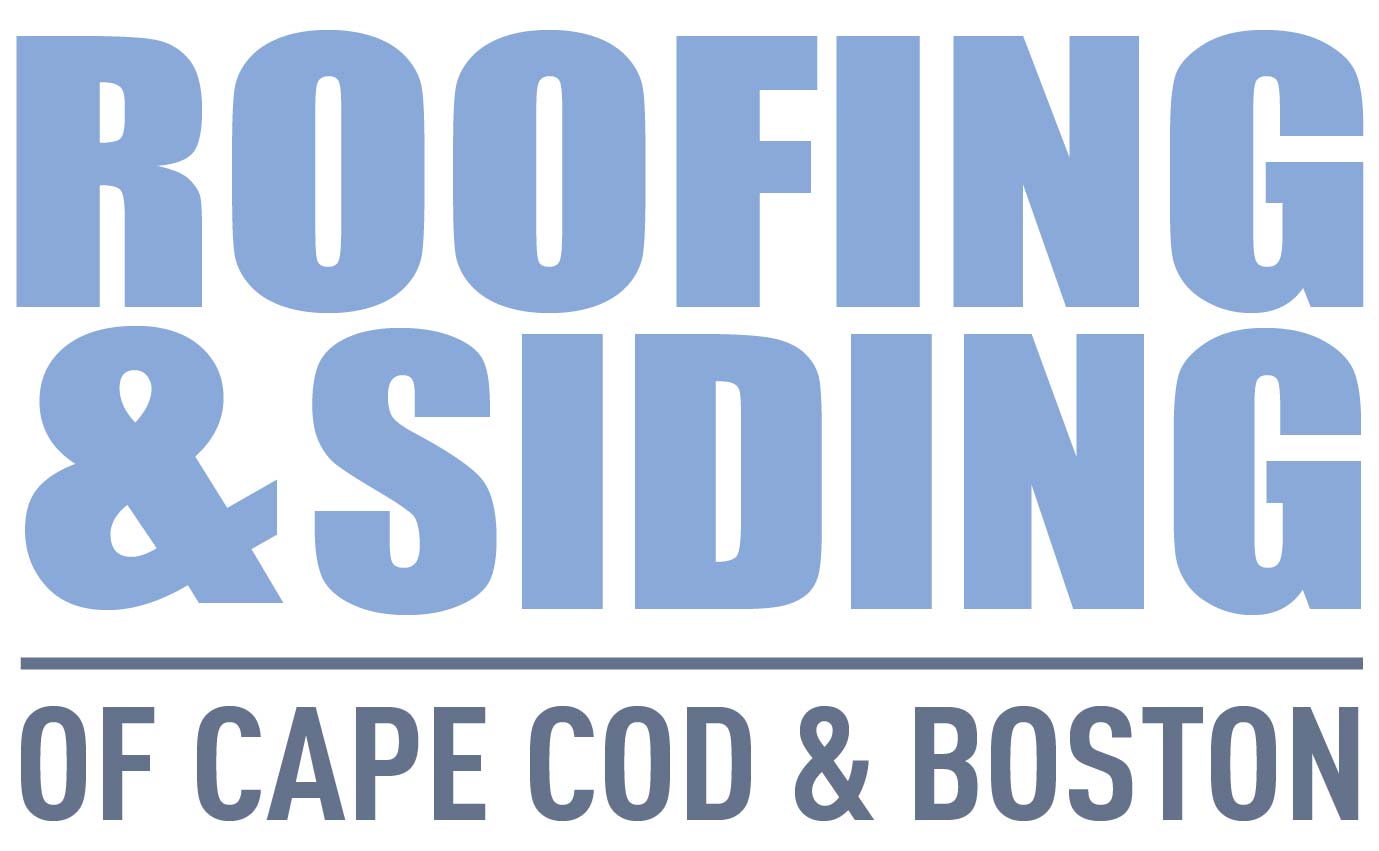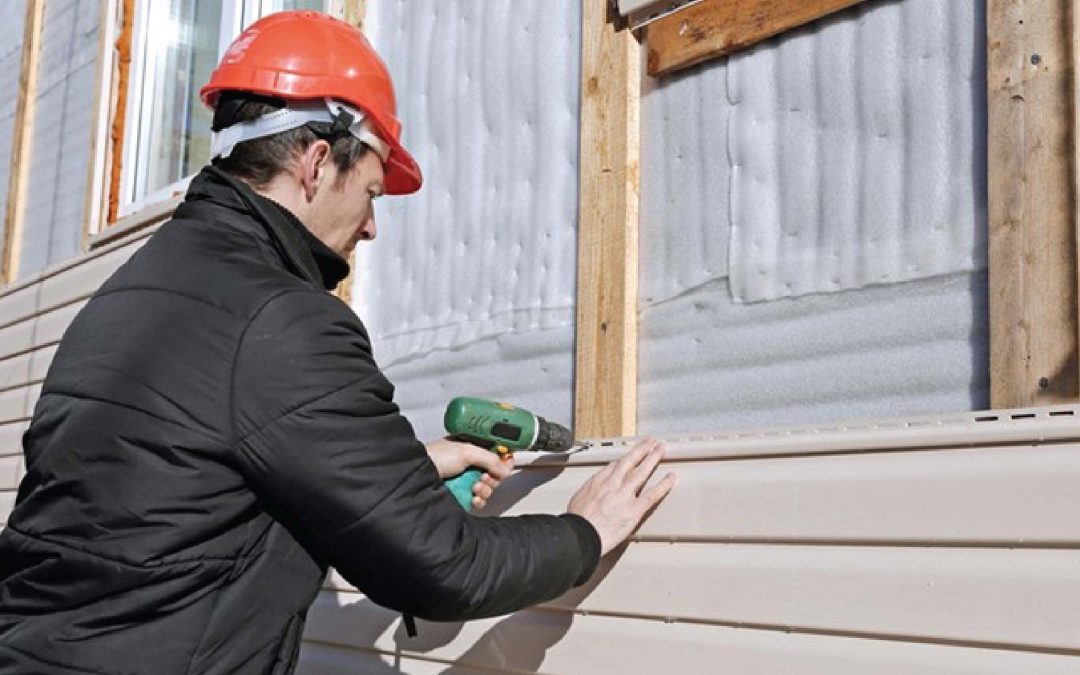Like any component of your home’s exteriors, sidings face a considerable amount of daily wear and tear. This is why it’s advisable to choose a durable material that can withstand the specific climate conditions of your region. Nevertheless, sidings still break down over time, no matter what material you choose. You need to spot the damage before they deteriorate further. Otherwise, you’ll face more severe repairs and renovations than simple siding replacements.
Spotting your siding’s red flags
Most homeowners underestimate the impact sidings have on their homes. Aside from improving your home’s property value through their design, they prevent various forms of damage like wood rot, leaks, and poor indoor ventilation. These minor inconveniences can compromise the foundations, leading to costly repairs that may extend to your home’s other components.
To avoid any further damage to your home, here are four red flags you should watch out for:
1. Loose sidings
Most renovation red flags usually come up after heavy storms, earthquakes, or other natural disasters. Looking at your home in the aftermath will reveal vulnerable areas. Strong winds can blow off some of your home’s exteriors, especially sidings and roof shingles. If your sidings are cracked or pried loose after a storm, you should consider whether they’re past their limit for reattachment and repairs.
2. Rotting sidings
Some sidings can appear alright on the outside while hiding their deterioration within. While your home can look unharmed after a storm, you may notice holes or marks on your sidings due to water damage. Using a screwdriver, gently pry the boards and joints along your roof system’s gutters and chimneys. If your sidings exert minimal resistance against the force you apply, it can be a sign of growing weakness. At best, this means your sidings will come loose after the next storm. At worst, simply bending it with a screwdriver can crumble, split, or crack them apart.
3. Warping sidings
Sidings don’t normally change in size, especially if they’re made from durable material. Although harsh temperatures can cause some siding materials to expand or contract, they should generally retain their original size. If your sidings are bloated in certain areas, this may be a sign that fungus, mold, or algae are hiding underneath. This occurs due to small cracks and seams, allowing soil, water, and spores to get in and encourage growth in the right conditions.
Fungus and mold growth is a serious issue you shouldn’t underestimate. If their spores penetrate indoors, your household will become a toxic environment to breathe in. Additionally, their presence will continue to eat the composite material of your exteriors, making them more prone to damage.
4. Swelling interior walls
Not all signs of siding damage manifest from your home’s exteriors. Sometimes, you can spot them indoors as well. The interior walls opposite your home’s sidings can swell or become stained with watermarks, indicating that water is seeping in from outside. Since these conditions can lead to extended water damage throughout your home, it’s best to determine the full extent of the damage and repair your sidings as soon as possible.
Conclusion
You must never underestimate the value of making early replacements to your home, especially for its exterior components. Dealing with the aftermath of compromised ventilation, cracked walls, or water damage due to inefficient siding can be costly consequences if the damage isn’t repaired. After spotting the red flags above, contact siding experts to ensure a professional installation of replacements your home needs.
If you need capable siding installers near Needham, Massachusetts, you’re in the right place. Our team takes pride in being a reliable service provider that gives ours all through excellent workmanship and customer service. For your siding and roofing concerns, contact us today at
855-800-9080.


Recent Comments